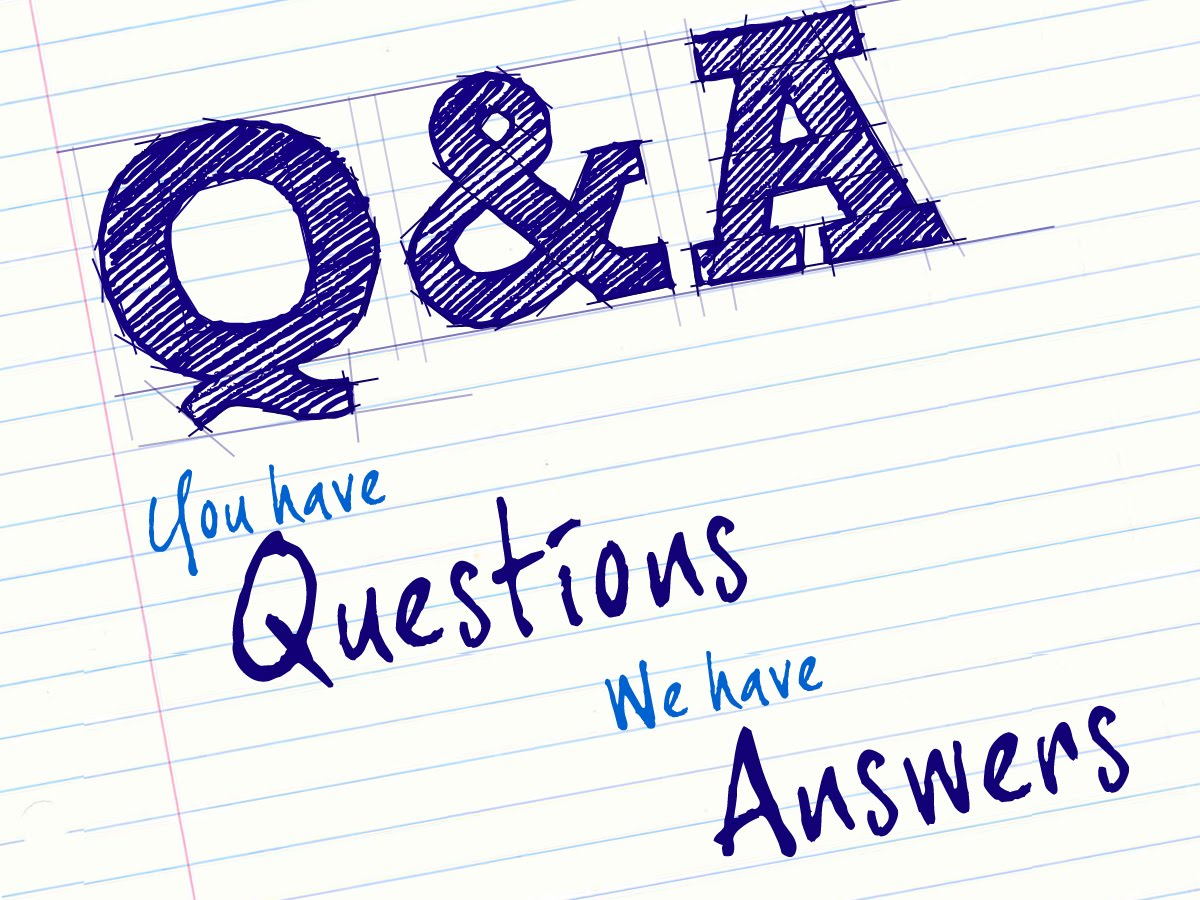Answer:
The completion of Phase II trial alone is not considered sufficient to gain permission because it only checks efficacy, toxicity and dosing requirement of the investigational drug while Phase III trials are aimed at being the definitive assessment of how effective the drug is, in comparison with current ‘gold standard’ treatment and comparatively they also consist of larger patient groups and of longer duration then Phase II trials.
One of the other reasons for performing Phase III trials is that this stage include attempts by the sponsor at “label expansion” (to show how the drug works for additional types of patients/diseases beyond the original use for which the drug was approved for marketing), to obtain additional safety data, or to support marketing claims for the drug.
Once a drug has proved satisfactory after Phase III trials, the trial results are usually combined into a large document containing a comprehensive description of the methods and results of human and animal studies, manufacturing procedures, formulation details, and shelf life. This collection of information makes up the “regulatory submission” that is provided for review to the appropriate regulatory authorities in different countries. They will review the submission, and, it is hoped, give the sponsor approval to market the drug
Thanks for installing the Bottom of every post plugin by Corey Salzano. Contact me if you need custom WordPress plugins or website design.


